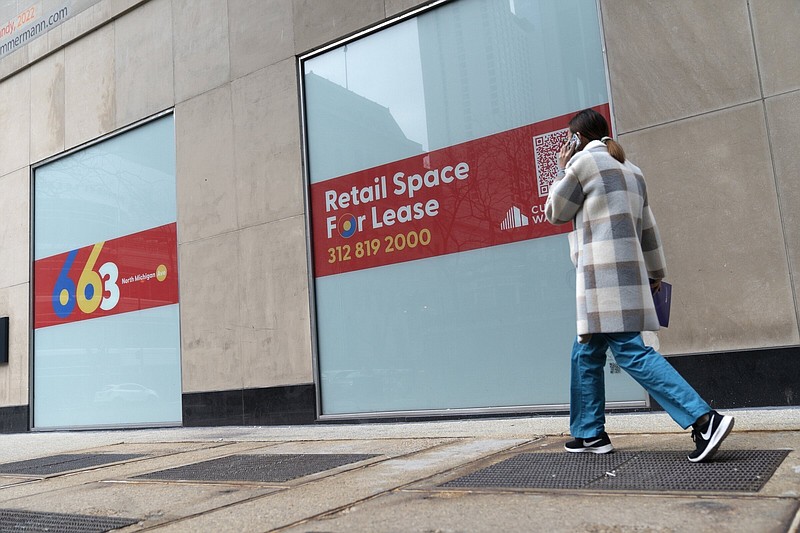Retail sales are expected to grow between 4% and 6%, or about $5.2 trillion, this year, an industry trade group said Wednesday.
The National Retail Federation's 2023 prediction is more modest than last year's forecast of 6% to 8% growth. The actual 2022 growth came in at 7%, amounting to nearly $5 trillion.
However, the 2023 forecast tops the pre-pandemic 3.6% average annual retail sales growth rate.
Online and non-store sales, which are included in the forecast figure, are expected to grow about 11% over last year, to about $1.42 trillion.
But while many consumers still enjoy the conveniences of online shopping, stores remain an important part of the fulfillment process, accounting for about 70% of total retail sales, the group said.
The National Retail Federation's annual forecasts exclude sales from car dealers, gas stations and restaurants.
The industry has seen growth over the last three years that would normally take nearly a decade by pre-pandemic standards, said Matthew Shay, the trade group's president and chief executive officer.
"While we expect growth to moderate in the year ahead, it will remain positive as retail sales stabilize to more historical levels," Shay said. "Retailers are prepared to serve consumers in the current economic environment by offering a range of products at affordable prices with great shopping experiences."
The National Retail Federation presented its forecast at its third annual State of Retail and the Consumer virtual meeting. Seven economists and retail executives joined Shay and the trade group's chief economist, Jack Kleinhenz to talk about the health of the retail industry and the financial health of American consumers.
Inflation is on the way down, the economists said, but will likely stay between 3% and 3.5% for all goods and services this year. And the trade organization expects job growth to slow along with economic activity. The unemployment rate is likely to exceed 4% before next year, they said.
Kleinhenz said that the nation's economic activity has held up well, despite a restrictive monetary policy working to curb inflation.
But referring in part to the recent failures of Silicon Valley Bank and Signature Bank, Kleinhenz said that recent developments in the financial markets and banking sector complicate the economic picture.
"While it's still too early to know the full effects of the banking industry turmoil," Kleinhenz said, "consumer spending is looking quite good for the first quarter of 2023."
Though the industry trade organization expects consumers to keep spending, Kleinhenz said, "a softer and likely uneven pace is projected for the balance of the year."
Kleinhenz also moderated a panel discussion with Kathy Bostjancic, chief economist at Nationwide Mutual, and Gregory Daco, the chief economist of EY-Parthenon, a division of Ernst & Young LLP.
The panelists discussed how a business cycle expansion that includes ongoing inflation, slowing production and a tightening of monetary conditions might affect the 2023 economy and consumers' willingness to spend.

